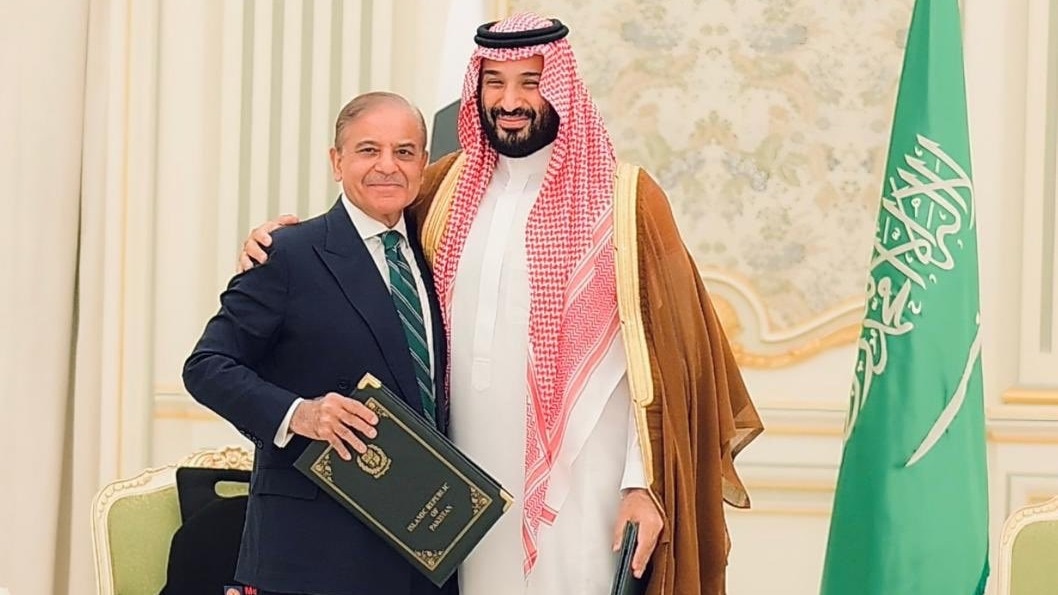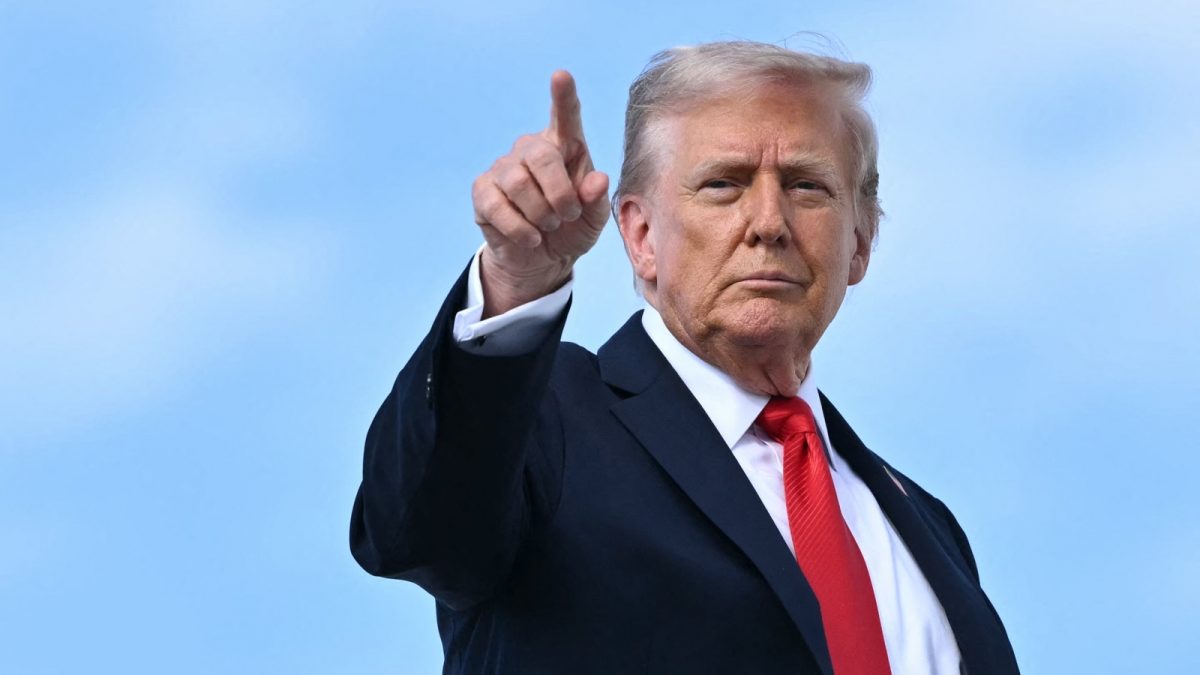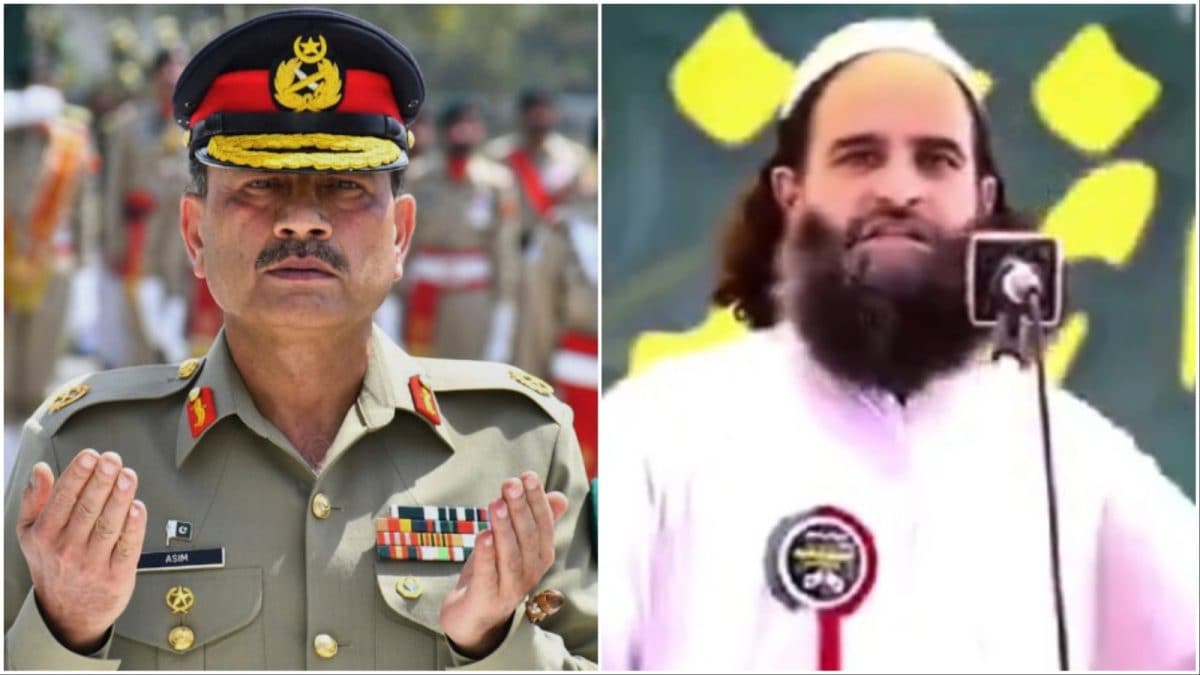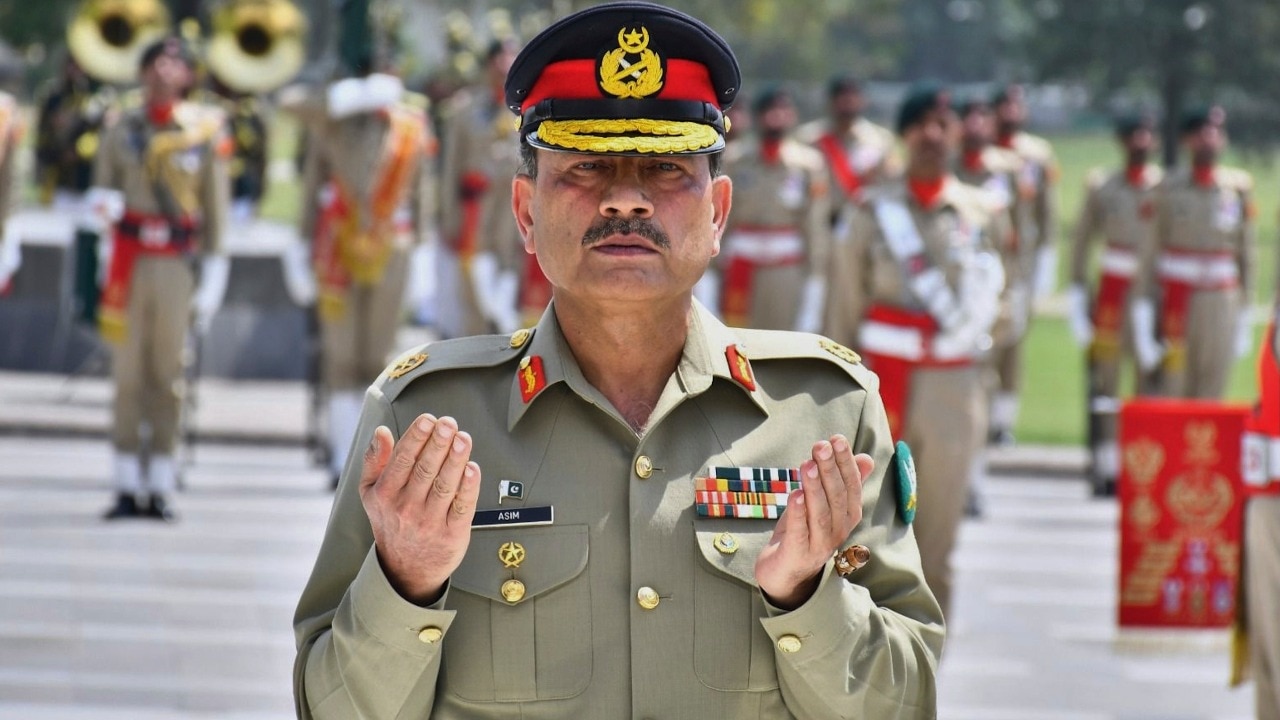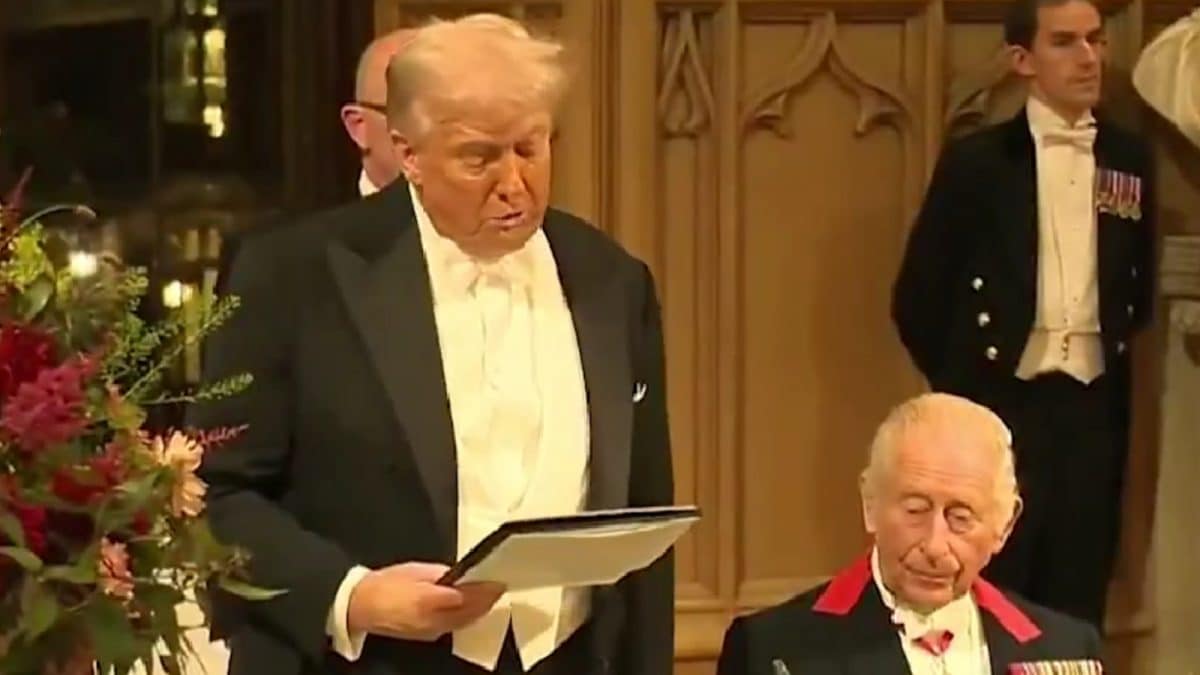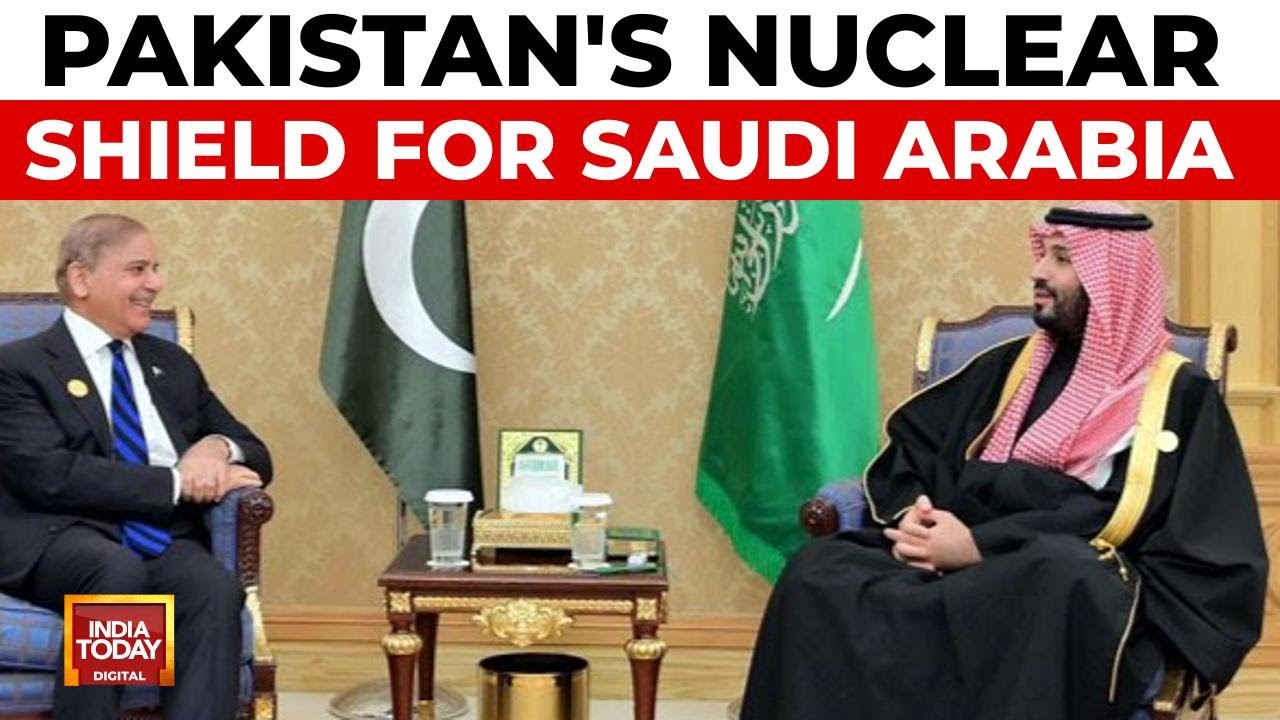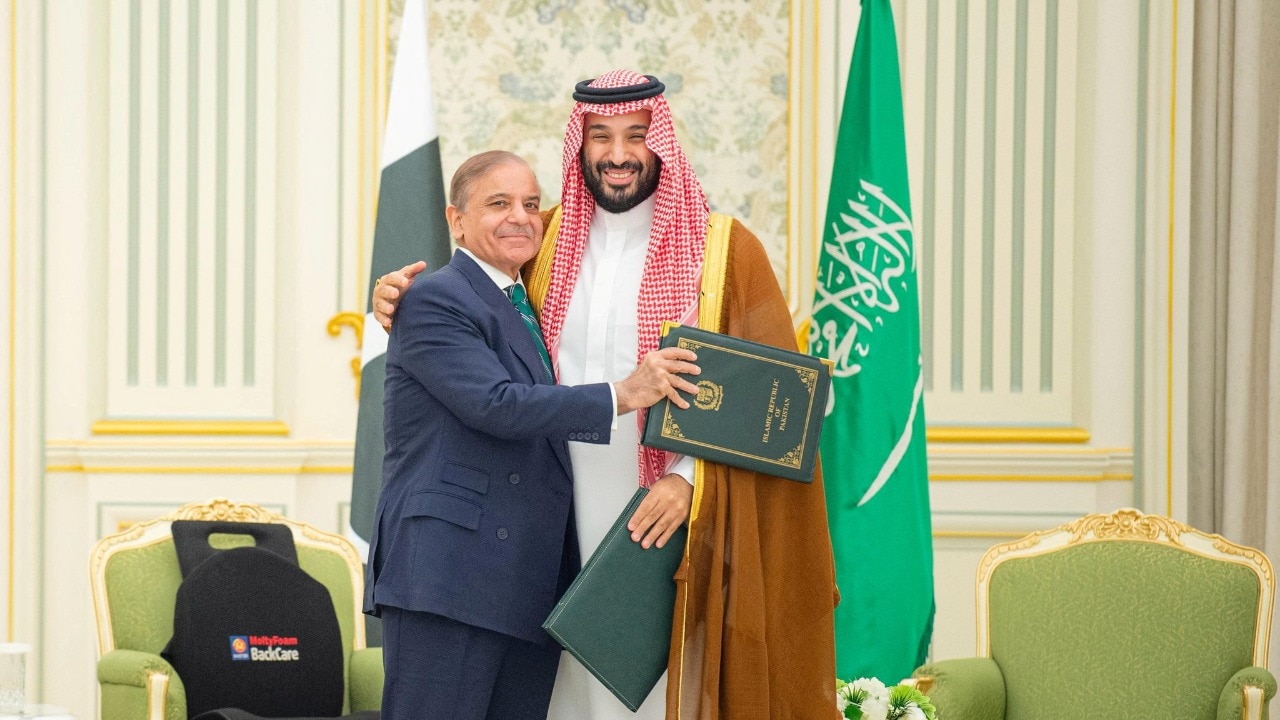The departing British Empire left behind a hollow shell: 75% of the population trapped in subsistence farming, literacy at a dismal 17%, and a per capita income of just ₹240. Today, that broken nation stands as the world's fourth-largest economy, with a GDP of $4.19 trillion. The transformation reads like an epic screenplay, but the journey was anything but smooth.
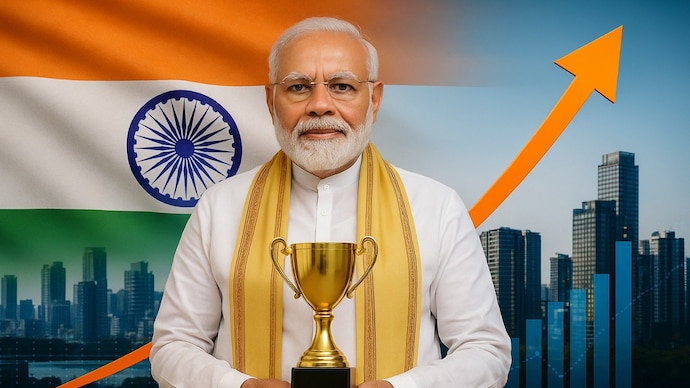
India is currently the 4th largest economy in the world
In 1947, India was a nation on life support. The departing British Empire left behind a hollow shell: 75% of the population trapped in subsistence farming, literacy at a dismal 17%, and a per capita income of just 240. The colonial extraction machine had perfected the art of draining wealth, exporting raw materials whilst destroying local industries with cheap manufactured imports. Railways served ports, not people. Independence brought political freedom, but economically, India faced an existential crisis.
Today, that broken nation stands as the world's fourth-largest economy, with a GDP of $4.19 trillion. The transformation reads like an epic screenplay, but the journey was anything but smooth.
The Socialist Years: Dreams and Stagnation
Jawaharlal Nehru's vision was bold: a self-reliant India powered by state-led industrialisation. The Five-Year Plans became the blueprint for development, focusing on heavy industry, irrigation, and power generation. The Green Revolution of the 1960s banished food shortages, turning India from famine-prone to food-secure.
Yet alongside achievements came the License Raj, a suffocating maze of permits and controls that strangled entrepreneurship. By the 1980s, India's modest 3.5% annual growth had earned the mocking label "Hindu rate of growth". The socialist dream was alive but sluggish, and cracks were showing in the fortress.
The Great Awakening: 1991 Reforms
The breaking point arrived in 1991 with a balance of payments crisis so severe that India had barely two weeks of import cover remaining. The government quietly pledged gold reserves to the IMF. Survival demanded radical surgery.
Prime Minister P.V. Narasimha Rao and Finance Minister Dr Manmohan Singh wielded the scalpel with precision. The License Raj was dismantled, tariffs slashed, and the rupee devalued. Foreign investment caps were lifted, loss-making public enterprises privatised. For the first time in decades, competition was embraced rather than feared.
The results were electric. GDP growth shot up to 6-8% annually, foreign exchange reserves ballooned, and the IT revolution transformed Bangalore into a global technology hub. IT exports exploded from $565 million in 1991 to tens of billions within two decades.
The Acceleration: 2000s and Beyond
Between 2003 and 2008, India achieved near-China levels of growth, clocking 7-9% annually. The 2008 global financial crisis tested its resilience, but stimulus measures cushioned the impact. The 2010s brought ambitious reforms: the 2016 demonetisation drive targeted black money, whilst the 2017 Goods and Services Tax unified India's chaotic taxation system.
COVID-19 delivered a severe blow, shrinking GDP by 7.25% in 2020. Yet India bounced back remarkably, the crisis actually turbocharging its digital economy. UPI payments exploded, e-commerce became mainstream, and fintech startups thrived.
The Present Reality
By 2025, India had achieved the unthinkable, leapfrogging Japan to claim fourth place globally. Growth in 2024-25 reached 6.5%, the fastest among major economies. Exports hit a record $824.9 billion whilst inflation cooled to 2.82%. Policy initiatives like Make in India and Atmanirbhar Bharat supercharged manufacturing and technology investment.
Yet challenges persist. Income inequality yawns wide between states, per capita GDP still lags developed nations, and job creation struggles to match youth aspirations. Agriculture employs nearly half the workforce whilst contributing less than 15% to GDP.
The Road Ahead
The IMF predicts India will overtake Germany by 2028, potentially crossing $5 trillion in GDP. With a young population, digital dominance, and reform-hungry policies, the question isn't whether India can rise further but how quickly it can rewrite global league tables again.
From colonial plunder to planned stagnation, from socialist caution to capitalist ambition, India has shapeshifted through every storm. The fourth-largest economy tag isn't the finish line; it's merely the halfway mark in a marathon towards economic superpower status.
- Ends
Published By:
indiatodayglobal
Published On:
Aug 15, 2025

 1 month ago
1 month ago




